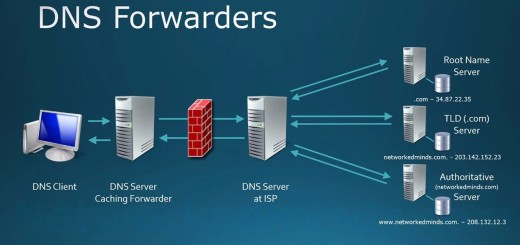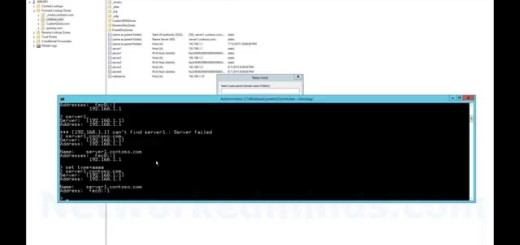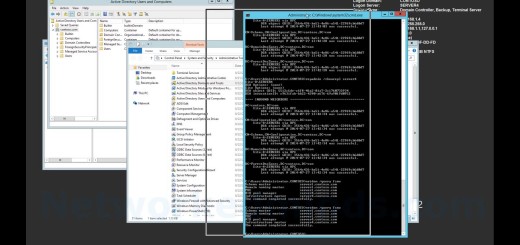70-410 Objective 6.1 – Create and Manage GPO on Windows Server 2012 R2 Part 2
This video is part two of two videos where we cover Group Policy Objects for Objective 6.1 Create and Manage Group Policy 70-410. We being by discussing Group Policy management and the components of Group Policy. Group Policy had three main parts; the GPO itself, the Organizational Unit to be applied to, and the GPO link object to apply the Group Policy to the OU. Then we discuss how a GPO can be scoped down. When a GPO is scoped down, it means we are limiting its application of its settings. We have three main mean of scoping it down; the first is the links that are created to the Group Policy Object and we have the option to link, delete the link or disable the link. The next is security filtering, which is selectively applying it to a particular security group or primary principal. The last is using WMI filtering, which is a way to have the end computer or user perform a SQL type query and if it’s true the Group Policy Object is applied. The WMI filtering is the most granular since you can create an almost limitless number of ways the Group Policy can be applied conditionally. We then cover the different types of settings found inside of a Group Policy of Policies and Preferences. We also learn how everything is broken down to either Computer or User Objects for application. We then look at the three states to a Group Policy setting which is; Not Configured (default), Enabled, and Disabled. The last topic in relation to Group Policy is Local GPOs and the options we now have for local users. In operating systems prior to Vista and Windows Server 2008 we only had one GPO that we could create at the local GPO level. This applied to all users including administrators. In Vista or Windows Server 2008 of later operating systems we can now choose between specific local users, administrators or non-administrators. This allows maximum flexibility for creating local GPOs.
Introduction – 0:10
Group Policy management and components – 0:20
Scoping down a Group Policy Object – 2:26
Editing GPOs and the component in the GPO editor – 4:53
The three states of a GPO setting – 7:57
Multiple Local GPOs and the differences since Vista and Windows Server 2008 – 9:56


